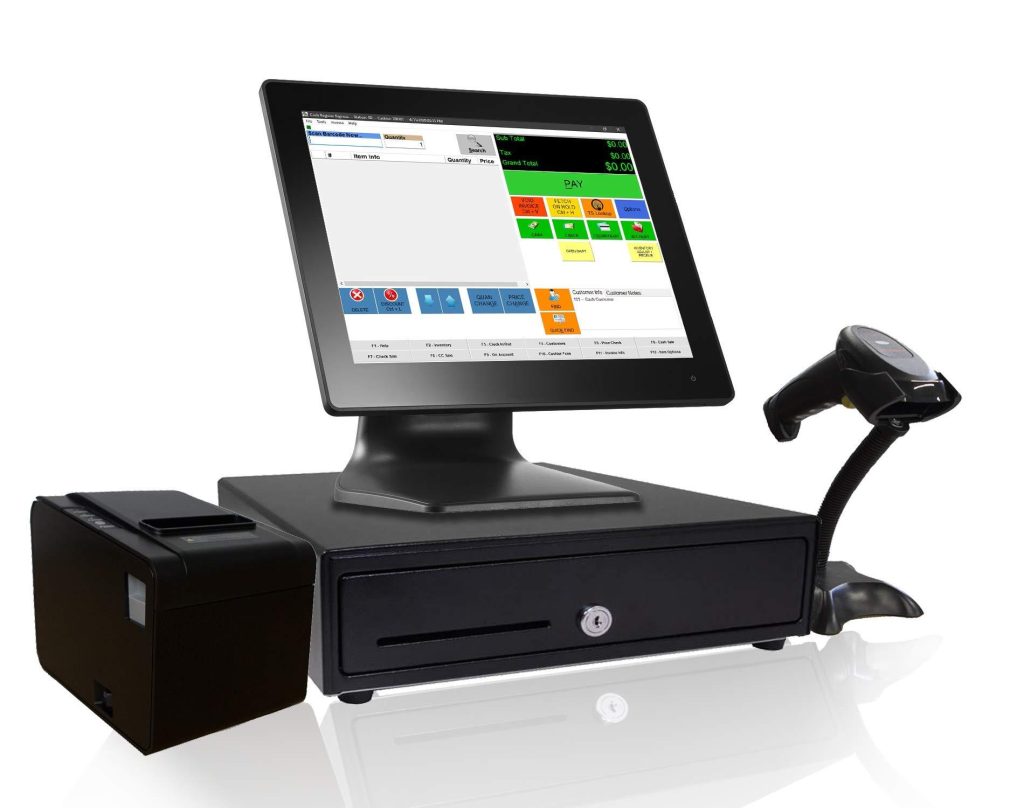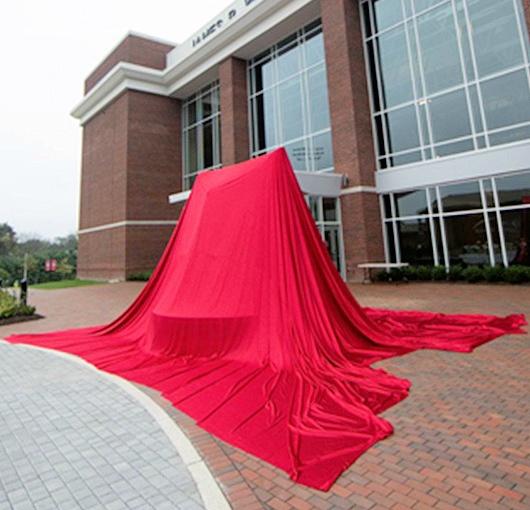At the outset of the $42.5 billion Broadband Equity Access and Deployment (BEAD) Program (signed into law as part of the Infrastructure Act of 2021), states looking to reach underserved locations across the nation focused first and fiercely on fiber optic cable for all.
However, the economics of fiber as the exclusive broadband option did not make sense for ISPs, and it gave way to greater use of fixed wireless access and cable. So after analysis, state broadband officers’ proposals to bring broadband to residences and businesses got creative.
The NTIA’s Final Guidance for non-fiber options
In a document released earlier this month, the National Telecommunications and Information Agency released a policy notice on “BEAD Alternative Broadband Technology.” It defined “Alternative Technology” as “any broadband access technology that terminates at the end user’s location or premises and does not qualify as Reliable Broadband Service, but meets the BEAD Program’s minimum technical requirements.”
Those requirements are speeds not less than 100 Mbps for downloads and 20 Mbps for uploads and latency less than or equal to one hundred milliseconds. This definition may include, but is not limited to, unlicensed fixed wireless (ULFW) and LEO satellite service.
Related:Wi-Fi 7: The State of the Market
Jeff Heynen, vice president of broadband access and home networking at telecom market research firm Dell’Oro Group, isn’t surprised that Amazon, Starlink, and wireless Internet service providers with unlicensed spectrum all won bids. The NTIA was lobbied hard last year to expand the definition of “alternative technologies,” Heynen says. ”You are going to see a lot more wins using these technologies in the Western States, where the high-cost threshold makes it almost impossible to deliver fiber or any other fixed technology.”
Two of the earliest states to get their final proposals approved, Louisiana and Nevada, went farther, adding low-earth orbit (LEO) satellite providers as the best means to connect far-flung locations to the internet.
The issue of LEO services was a challenge as the NTIA did not believe the Starlink service could meet the 100 megabits down and 20 megabits up speed which replaced 25 megabits/3 megabits as the definition for broadband. The agency released guidelines for using alternative technologies for internet access last summer.
Landmark for Louisiana
Louisiana presents broadband deployment challenges. The terrain includes swampland, ground just above sea level, and a few large cities surrounded by sweeping rural areas.
Related:Will the FCC’s $9 Billion Rural 5G Fund Survive?
Louisiana landed the distinction of being the first state to reach the deployment stage of the historic BEAD program. The NTIA approved its final BEAD proposal just last week. The state received $1.3 billion for the massive undertaking.
The proposal is unique in that the medium is a mix of fiber, fixed wireless, and LEO satellite service from one or two separate providers, which were not named in the documents. The burgeoning LEO satellite market has drawn attention with Amazon prepping to launch Project Kuiper LEO service. SpaceX’s Starlink service, which has been available for years, participated in the process as well.
“This is where Amazon’s Project Kuiper gets interesting because it is now winning BEAD projects without having a satellite in orbit yet,” explains Heynen. “It is supposed to launch 3,200 satellites through 2029 to provide full coverage, far less than the 12,000 satellites planned for Starlink.”
Nevada bets on LEO service too
In Nevada, the state’s broadband team not only went with a wide mix of transmission media to fund its plan, but it will also tap a diverse set of funding going beyond BEAD that includes the Capital Projects Fund (CPF) and its state recovery fund. Nevada chose satellite services provider Amazon Kuiper Commercial Services to serve 4,891 locations (fourth-most of the state’s list) with $14,489,500 (ninth-most). Nineteen companies made the list of those to receive funds.
Related:Wi-Fi 7 Picks Up Speed: New Devices Accelerate Enterprise Adoption
Nevada’s unique and difficult geography, and the vast distances between unserved locations, meant that no single provider and no single technology could serve everyone. The state has provisionally awarded nineteen different providers who will use fiber optic, hybrid-fiber-coax, licensed and unlicensed fixed wireless, and satellite technologies to meet the connectivity requirements of the BEAD program. In total, over 80 percent of the unserved locations in Nevada will be served by fiber.
The state was able to secure coverage for all 51,600 of its eligible homes and businesses.
Betting on Amazon’s pending LEO service
In total, more than 36,700 locations are covered by fiber broadband projects while Amazon’s Kuiper satellite service, still in pre-launch phase, is set to serve nearly 4,900 locations. Another 2,300 are slated to receive fixed wireless, with 178 homes and businesses getting cable according to state data.
[ad_2]
Source link



